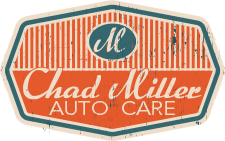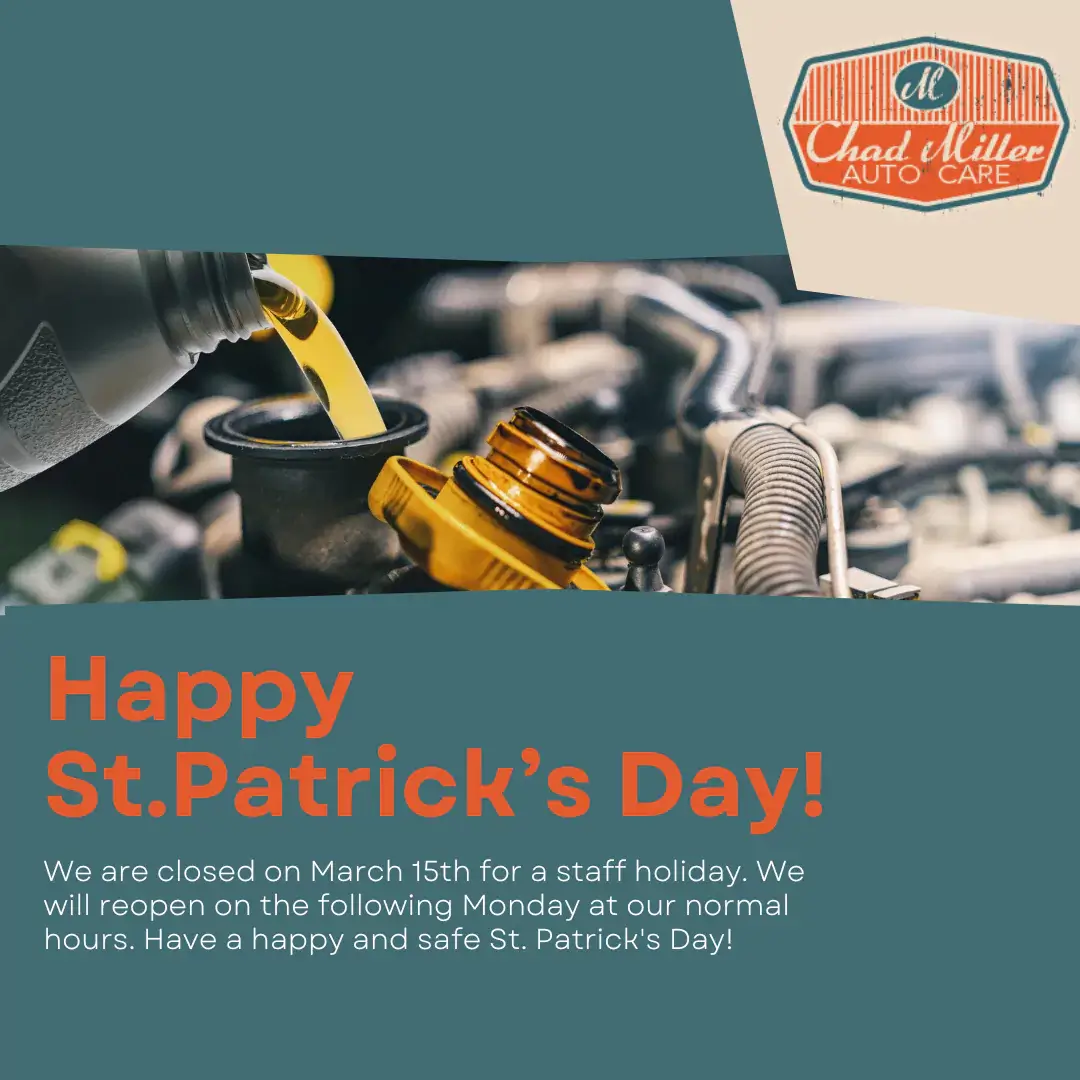WHAT THE HECK IS A…Harmonic Balancer?
To know what the heck a harmonic balancer IS, we must first explore what the heck a harmonic balancer IS NOT. A harmonic balancer is not:
- A highly skilled person that can distribute his or her weight evenly atop a small metal instrument
- The name of the #1 boy band in the charts
- A hippie
- Another term for “auto tune”

He or she has got some mad skillz.
So…what the heck is it then?
The harmonic balancer (also known as the crankshaft damper) is a round disc made of rubber and metal that absorbs vibrations caused by the engine cylinders’ firing. It protects the crankshaft.
How Does It Work?
- The harmonic balancer is attached to the crankshaft.
- It is made up of 3 parts: the hub, the rubber dampener, and the balance ring.
- The hub is in the center. It’s made of metal, and is the part of the harmonic balancer that is bolted to the crankshaft.
- The rubber dampener goes around the hub. It’s made of unicorn tears, and connects the hub to the balance ring. Just kidding. It’s made of rubber.
- The balance ring is made of heavy metal, and typically serves as the crankshaft pulley (which drives things like the A/C and alternator).
- It is made up of 3 parts: the hub, the rubber dampener, and the balance ring.

This is the balance ring.
- When the engine’s cylinders fire (which happens THOUSANDS of times per minute), it creates a whole heck of a lot of vibration and torsional distortion to the crankshaft.
- Torsional distortion is a fancy engineering way of saying twisting back and forth.
- The harmonic balancer absorbs all of that intense vibration and offsets the torsional distortion to protect the crankshaft, and ultimately, the engine.
Common Problems
Some of the most common problems with harmonic balancers are with the rubber damper. They include:
- The rubber damper that joins the hub and balance ring can deteriorate over time.
- This is accelerated by the engine overheating or an oil leak.
- That can cause the balance ring to slip out of place, and may result in the belt going off-track and damaging all the things it drives (A/C, alternator, water pump, etc.).
- The rubber damper can either get softer or harder over time.
- Since it is manufactured with certain specifications to withstand the vibrations, when the durability changes, it doesn’t do its job.
- That can allow the vibrations to make it through and crack/break the crankshaft, which would cause the engine to die an excruciating, fiery death.

RIP
Don’t Try This at Home
If you hear a vibration noise from the engine that gets louder when going faster or a squealing/squeaking sound from the front end, it would be a good idea to take your vehicle to your trusted mechanic to check it out. The squealing/squeaking is often confused for a bad belt, and remains an issue after spending time and money on a new belt.
It requires a special puller to remove a harmonic balancer. Other tools such as a prybar, wheel puller, or mallet will easily do damage to it. There are also special tools to install new ones. If your trusted mechanic determines that the harmonic balancer needs to be replaced, it would be best to have them do it.
So, there you have it. Now you know what the heck a harmonic balancer is NOT, what it IS, and learned why, although often overlooked, it is a crucial part of an engine.
Tell me what other automotive parts baffle you. I’ll tell you what the heck they are!




Leave a Reply